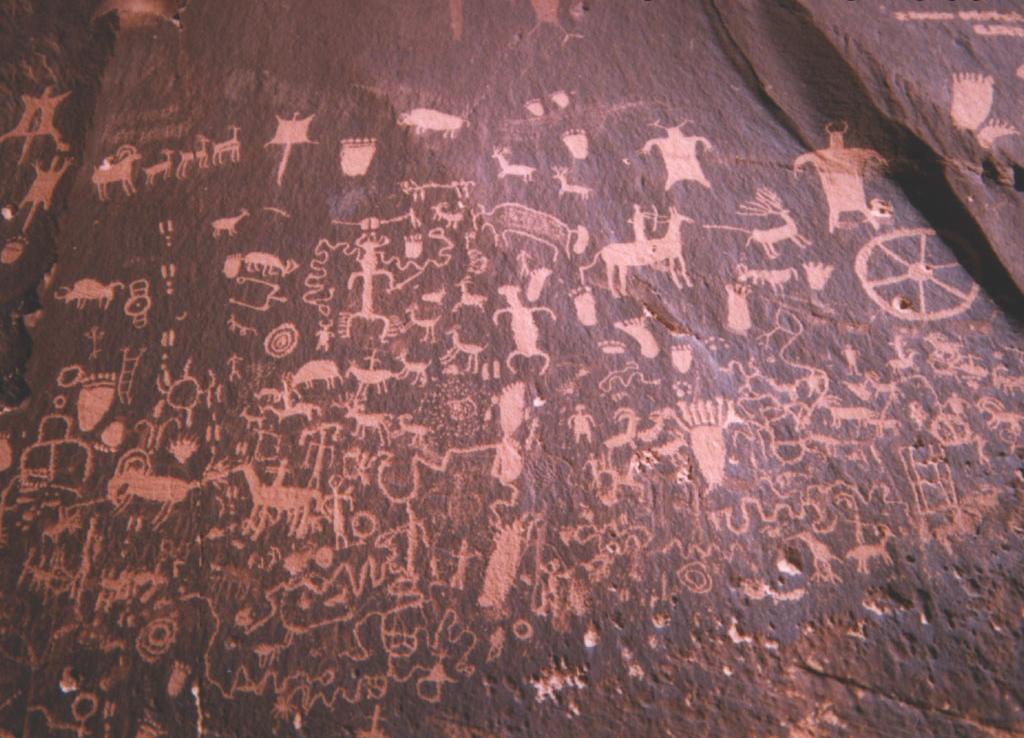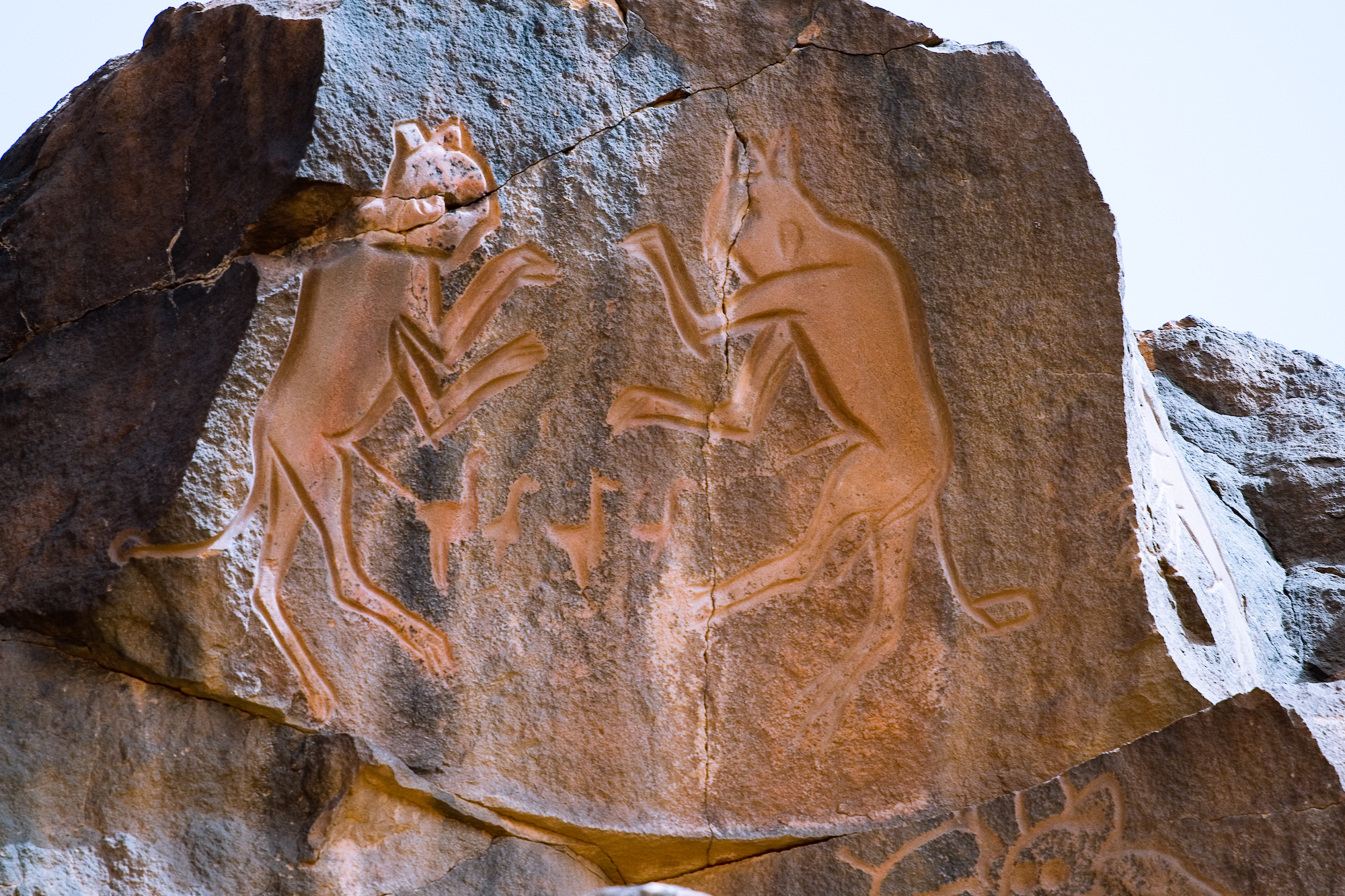Gamirasu Cave Hotel

Gamirasu Troglodyte Hotel is located in the heart of Cappadocia, Turkey near Urgup. The hotel boasts 18 rooms that have been completely restored and reopened in 1999. The hotel is situated in a retreat that has been there for over thousands of years. This hotel is a perfect honeymoon and wedding destination.
Marqués De Riscal


This luxury hotel located in Elciego, Spain is nestled in the “City of Wine”. There are 43 guest rooms, including 11 suites that overlook the spectacular views of the country. There are fantastic restaurants, an indoor swimming pool, indoor Jacuzzi, and 14 spa rooms specializing in “wine therapy” treatments.
Blue Lagoon in Iceland

This lagoon is one of Iceland’s most inimitable attractions. The lagoon uses geothermal seawater that is scientifically known to clear the complexion and aid in healthy skin. The trip will be a purely spiritual one filled with nature, scenery, and air that is clean and fresh.
Daintree Ecolodge


Located in Queens land, Australia, this resort is nestled in one the oldest living rain forests boasting 15 lovely villas in a tree house setting. It perfectly secluded for romantic honeymoons and secret rendezvous’.
Magic Mountain Hotel
Located in Panguipulli, Chile this lovely secluded hotel contains 13 rooms, and 11 cabins that can easily accommodate 4-6 guests. The name of the hotel was derived from Commander Pepe who called this hotel his home in the 70’s and 80’s.
Machu Pichu Sanctuary

This ancient hotel boasts some of the most spectacular views of this historical Inca settlement in Cusco, Peru. The lodge is the only hotel located within the sanctuary of the Manchu Picchu Ruins. It has 29 rooms and 2 suites which have the most spectacular views of this sacred place.
Woodland Park: The Hobbit Motel

Located in Otorohanga, New Zealand, Woodland Park is more like a motel for the more modest traveler. Woodland Park has 3 amazing options for sleeping quarters that include a “1950’s Bristol Freighter Plane fully refurbished into 2 beautiful self contained motel units.” A 1950’s Rail Carriage spectacularly redesigned into a completely self enclosed unit. The last sleeping quarter is an underground motel known as the “First Hobbit Underground Motel” with spherical glass windows.





























 Yesterday, I was listening to a local radio station and one of the DJs was speaking about their trip to Egypt to see the pyramids and how very unimpressive they were. I was completely shocked that someone would ever make this type of observation. Of course, coming from my historical perspective and to say it quite simply, are you kidding me?
Yesterday, I was listening to a local radio station and one of the DJs was speaking about their trip to Egypt to see the pyramids and how very unimpressive they were. I was completely shocked that someone would ever make this type of observation. Of course, coming from my historical perspective and to say it quite simply, are you kidding me?






